NB In List | World Photography Day: Interesting tales from behind the lens
The word "photography" comes from two Greek words: "phos," meaning light, and "graphē," meaning drawing or writing. Together, they form "drawing with light," which beautifully encapsulates the essence of the art form. While World Photography Day is celebrated on August 19th, its inception can be traced back to 1839
Total Views |
In the digital age where a picture can travel across the globe in an instant, World Photography Day stands as a testament to the profound impact of a single click. Celebrated annually on August 19th, this day pays homage to the art, science, and evolution of photography.
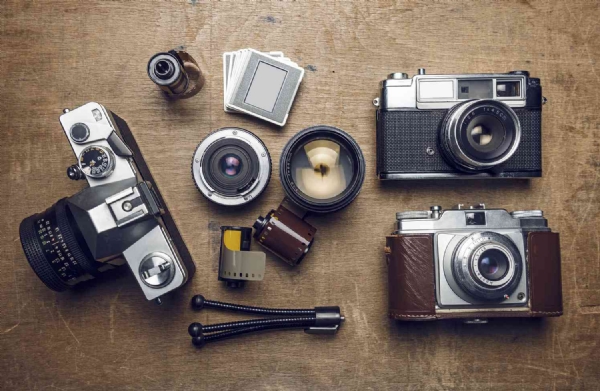
The word "photography" comes from two Greek words: "phos," meaning light, and "graphē," meaning drawing or writing. Together, they form "drawing with light," which beautifully encapsulates the essence of the art form. While World Photography Day is celebrated on August 19th, its inception can be traced back to 1839. On this day, the French government announced the daguerreotype photography process as a gift "free to the world," marking a significant step in the history of photography.
As the world came together to celebrate this creative medium, let's dive into some of the most intriguing facts and revisit the very first photograph that set the stage for an artistic revolution.
1. The Invention of Photography
While the daguerreotype was the first practical photographic process, heliography was an earlier, more complex process for permanent photographs developed in 1826.
The exposure time for this photograph was around eight hours, as early photographic processes required extensive exposure periods to capture images.
The first recognized photograph, "View from the Window at Le Gras," was captured by Joseph Nicéphore Niépce in 1826 or 1827 using a camera obscura and bitumen-coated pewter plate. This image captures a view from Niépce's window, showcasing the rooftop and surrounding landscape.
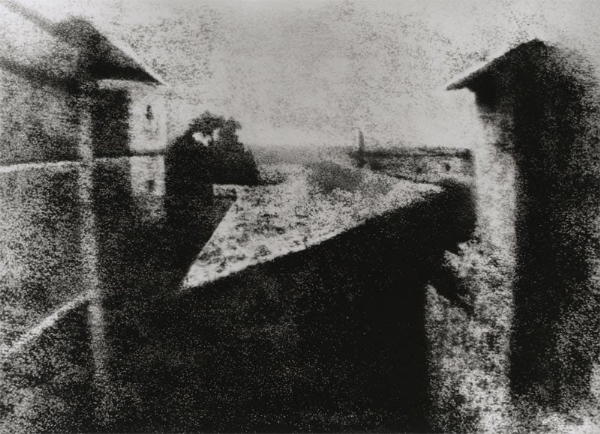
2. The Daguerreotype Revolution
Louis Daguerre, a French inventor, improved upon earlier photographic methods and introduced the daguerreotype process in 1839.It involved sensitizing a polished silver-coated copper plate to light and then exposing it to create a latent image. The image was then developed using mercury vapor, producing a one-of-a-kind photograph with incredible detail and depth.
This revolutionary technique reduced exposure times significantly, making it possible to capture images in just a matter of minutes. The daguerreotype became the first commercially successful photographic process and played a crucial role in popularizing photography.
3. The Accidental Human Subject
Another iconic moment in photography's history occurred in 1838 when Louis Daguerre was perfecting his daguerreotype process. While attempting to capture a Parisian street scene, Daguerre exposed the plate for several minutes. As a result, a passerby getting his shoes polished remained still for the duration, becoming the world's first recognizable human figure captured in a photograph.
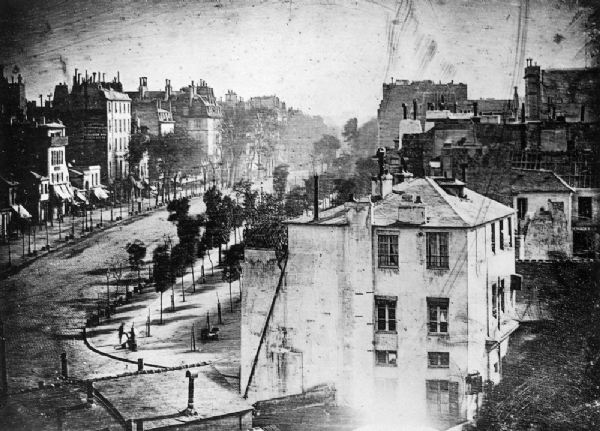
4. Kodak's First Camera
In 1888, George Eastman introduced the Kodak camera, a significant milestone in the history of consumer photography.The slogan "You press the button, we do the rest" encapsulated the user-friendly approach that made photography accessible to a wider audience.
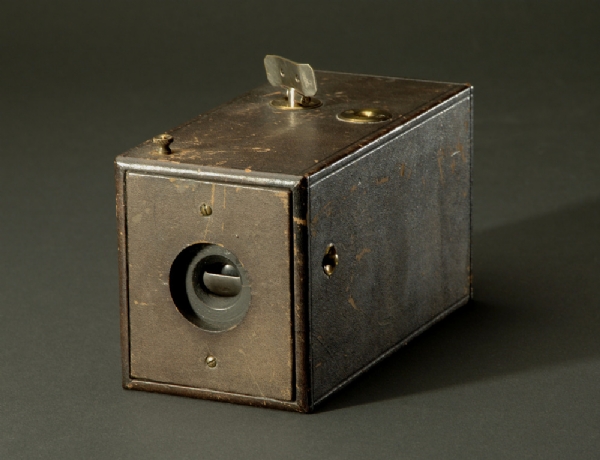
The camera was preloaded with a roll of film capable of capturing 100 exposures. After the roll was used up, customers could send the entire camera back to Kodak for film processing and reloading, making photography more accessible to the general public. This invention made photography more accessible to the general public.
5. Color Revolution
Color photography had a slow and complex evolution. The first color photograph was taken by James Clerk Maxwell in 1861 using red, green, and blue filters. However, the first practical color process, Autochrome Lumière, was introduced in 1907.
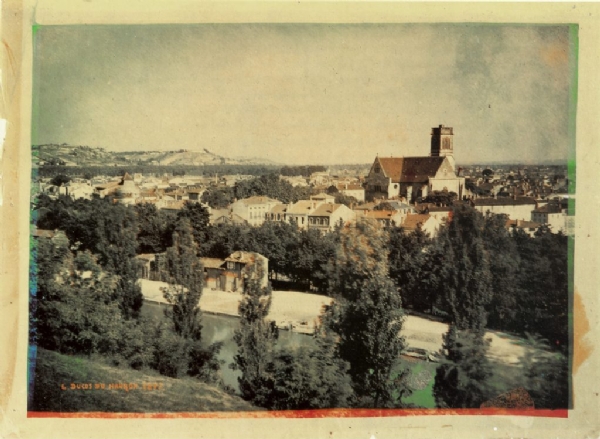
6. Digital Camera
The first self-contained digital camera was invented by Steven Sasson when he worked at Eastman Kodak in 1975. It was not the first camera that produced digital images, but was the first hand-held digital camera.
Weighing at 3.6 kgs, the 100 × 100 resolution (0.01 megapixels) camera took 23 seconds to process images that would develop into black and white images.
7. The Selfie Phenomenon
While selfies might seem like a modern trend, the concept dates back to the 1830s. Robert Cornelius took what is believed to be the first photographic self-portrait, standing in front of the camera for around 10 to 15 minutes.
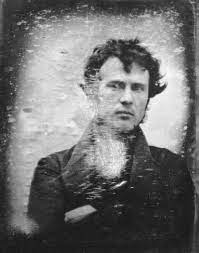
8. Moon Photography
The Moon's First Portrait: The moon's first photograph was captured by John W. Draper in 1840. Using a 20-minute exposure, he managed to capture the moon's features on a silver-coated copper plate.
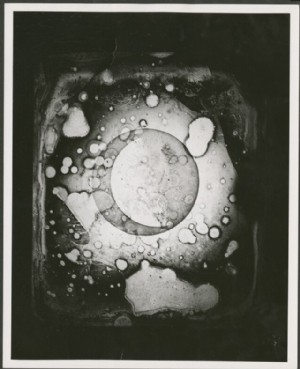
The cameras that first captured the Moon's surface are still there.The Apollo 11 mission in 1969 not only brought humans to the moon but also marked the first instance of extraterrestrial photography. When the Apollo mission took off, they carried 12 camera's with them but came back with only the films. To make space for the rock samples, the scientists decided to leave the camera's behind as they were very heavy.


